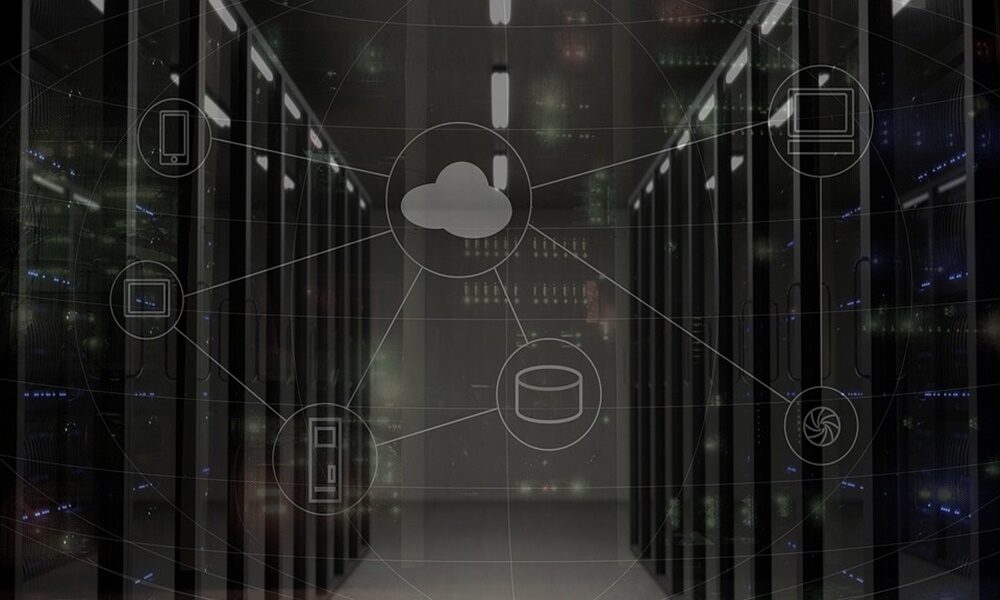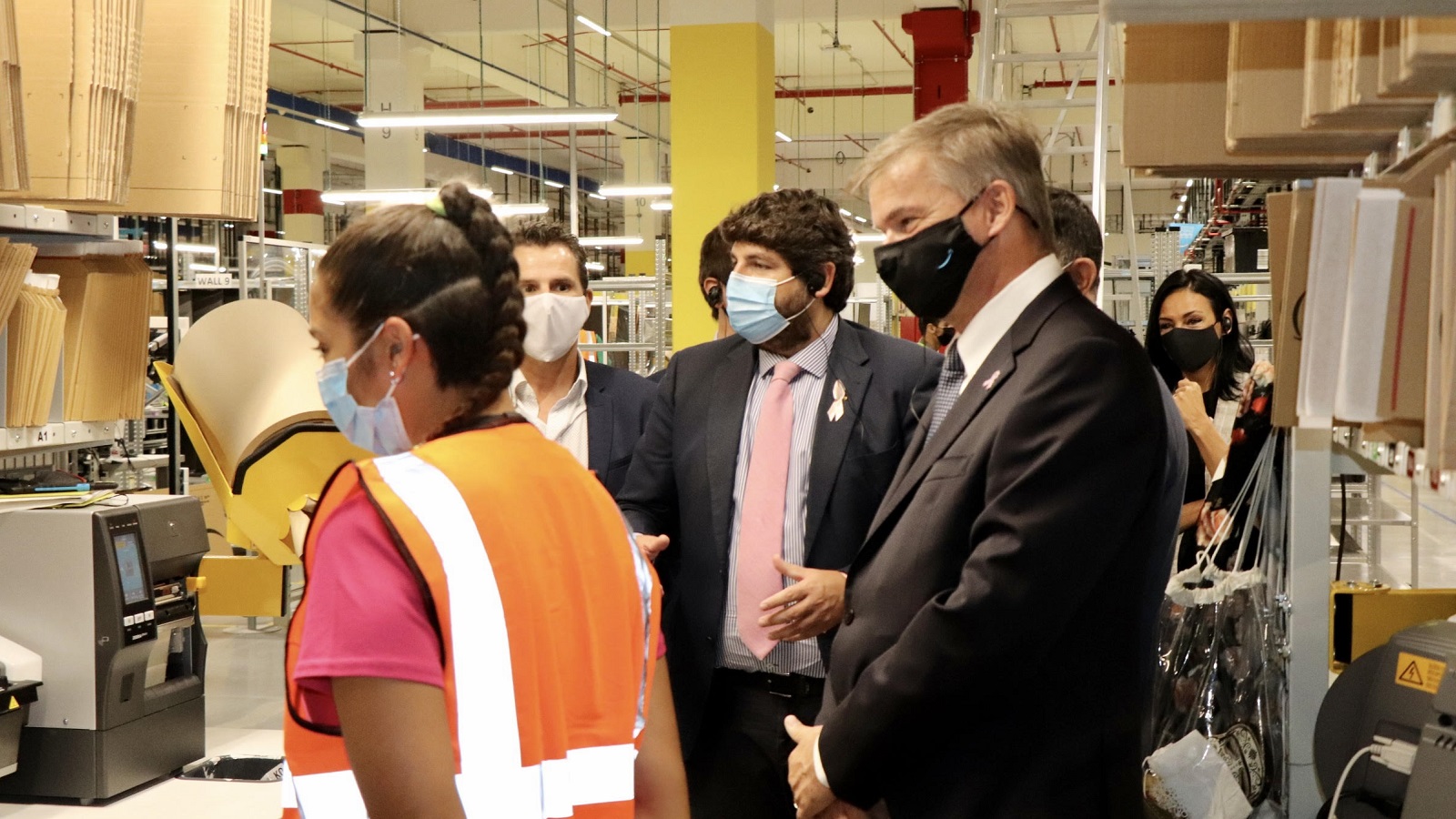
The process of observability It is increasingly widespread in the dynamics of companies, since it allows them to track, measure and optimize the performance of their applications before, during and after they go to the cloud, thus reducing costs, bad user experiences and risks of cyber security.
In fact, according to data from a recent ESG study, 51% of companies They see understanding application dependencies for cloud migration as their number one challenge as IT environments are advancing and becoming more complex at a frenetic pace.
Thanks to the incorporation of modern observability platforms they can be process large volumes of data per secondwithout the need to reduce performance and with the possibility of adapting to truly modern and distributed multi-cloud environments.
Open source platforms such as AWS, Microsoft Azure or Google Cloud Platform require observability to improve the efficiencythe performance and the innovation of companies.
Advantages of observability in the cloud
With the incorporation of observability platforms in the cloud, it is possible for companies to comply with the data management regulations. Something very important, since the application of digitization in commercial services, the virtualization of infrastructures and containerization are here to stay.
With observability you win greater flexibility in terms of collaboration, allowing teams to work together across space and time. are also purchased integration capabilities for the platforms to interoperate as communication platforms and incident management tools, encompassing the entire cloud environment. Thus, companies will be able to detect architectural challenges after identifying hidden risks and constraints that cause performance problems.
Observability is considered the new monitoring solution to manage the performance of cloud-based services, gaining agility Y reducing costs.
The latter is a determining factor, since according to data from Flexera, 30% of cloud investments that companies make are wasted for not knowing how to identify the causes of the increase in costs, and with observability this problem is eradicated. In this way, they will learn to identify opportunities to save costs, improve their planning and strategically place data and applications to gain efficiency.
abhay salpekar, Anomali’s vice president of cloud and platform engineering, believes that observability platforms reduce costs over traditional ones by retaining the most relevant metrics and logs. It’s a big difference from traditional monitoring, which checks systems through periodic surveys.
Observability is a real time monitoring and one clear identification of idle resourcesallowing the company to understand the state of data in its ecosystem.
“With observability, cloudops and site reliability engineers will be able to identify problems, classify them, and assess the causes to resolve them, resulting in higher service availability,” Salpekar says.
The keys to the success of observability in 2023
Encourage real-time monitoring and alerts
Companies can take the data to decide on the spot and respond to business needs that arise as a result of changes in the cloud infrastructure.
Optimize the use of resources
Data-driven businesses rely on a mix of reserved and on-demand resources in their cloud infrastructure, so observability will help optimize the use of resources to identify instances of underutilization.
They preserve privacy
Observability helps companies ensure that their infrastructure is secure and compliant while provide monitoring Y alerts in real time about possible security threats such as ransomware and other cyberattacks.
They facilitate decision making
With observability, companies will be able to gain first-hand knowledge of the infrastructure and operations by providing simultaneous information on the performance and the resource usage of cloud systems.
Regulatory Compliance
All cloud services will need to shoulder the responsibilities placed on IT teams, determining where data can legally be stored. Therefore, companies must comply with the government regulations and observability will help it.
Organizations may have difficulties finding qualified personnel who know how to operate with modern observability platformsto which is added the complexity of cloud environments, which would show that companies need workers focused on creating applications.
From there, the chief technology officer (CTO) will need to evaluate vendors based on their ability to meet needs that are increasingly complex and dynamic. Technologists have a duty to choose a cloud-native observability solution that enables them to monitor the state of key transactions distributed across the technology landscape, combining 360-degree visibility with sophisticated insight capabilities. AIops.


